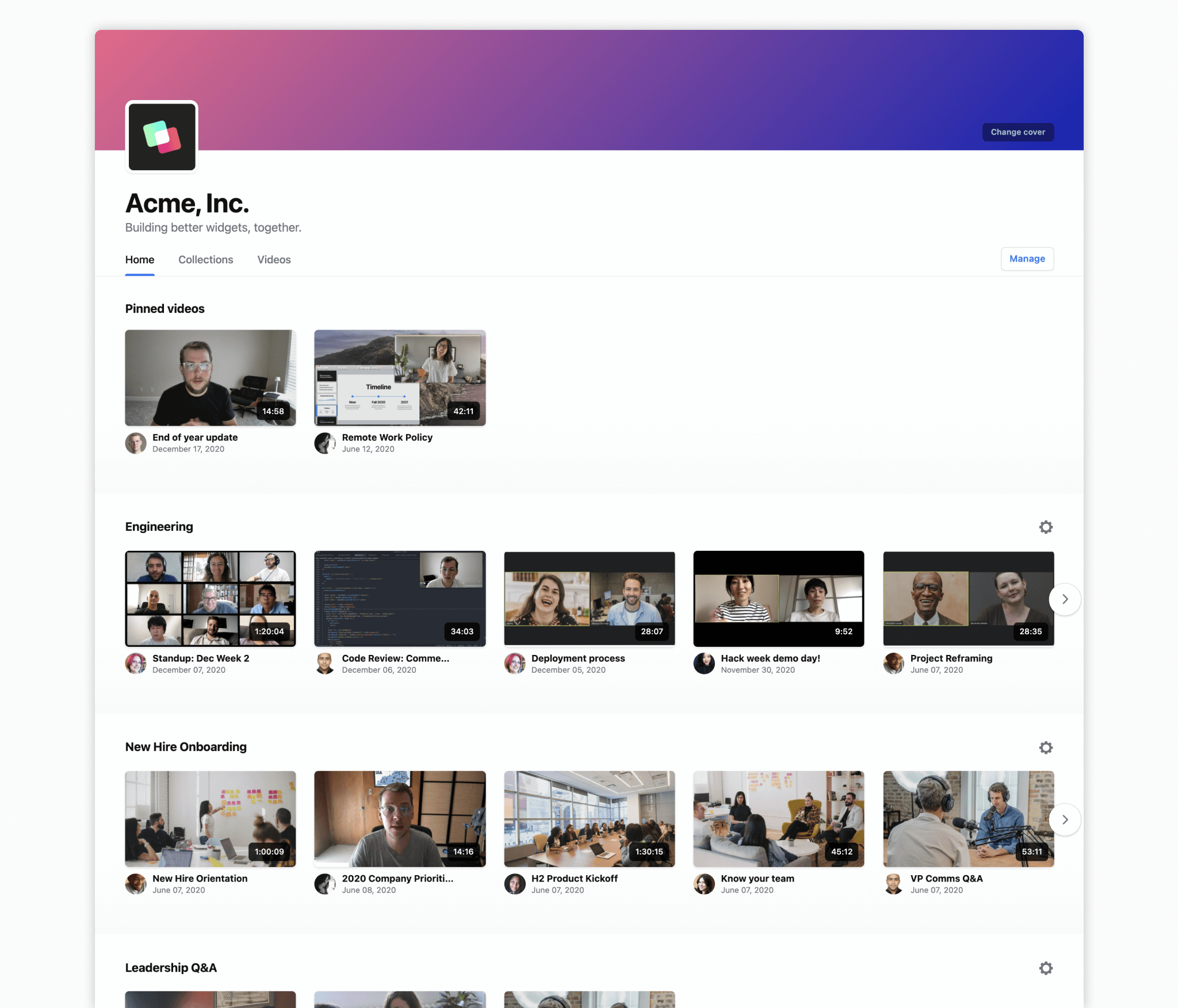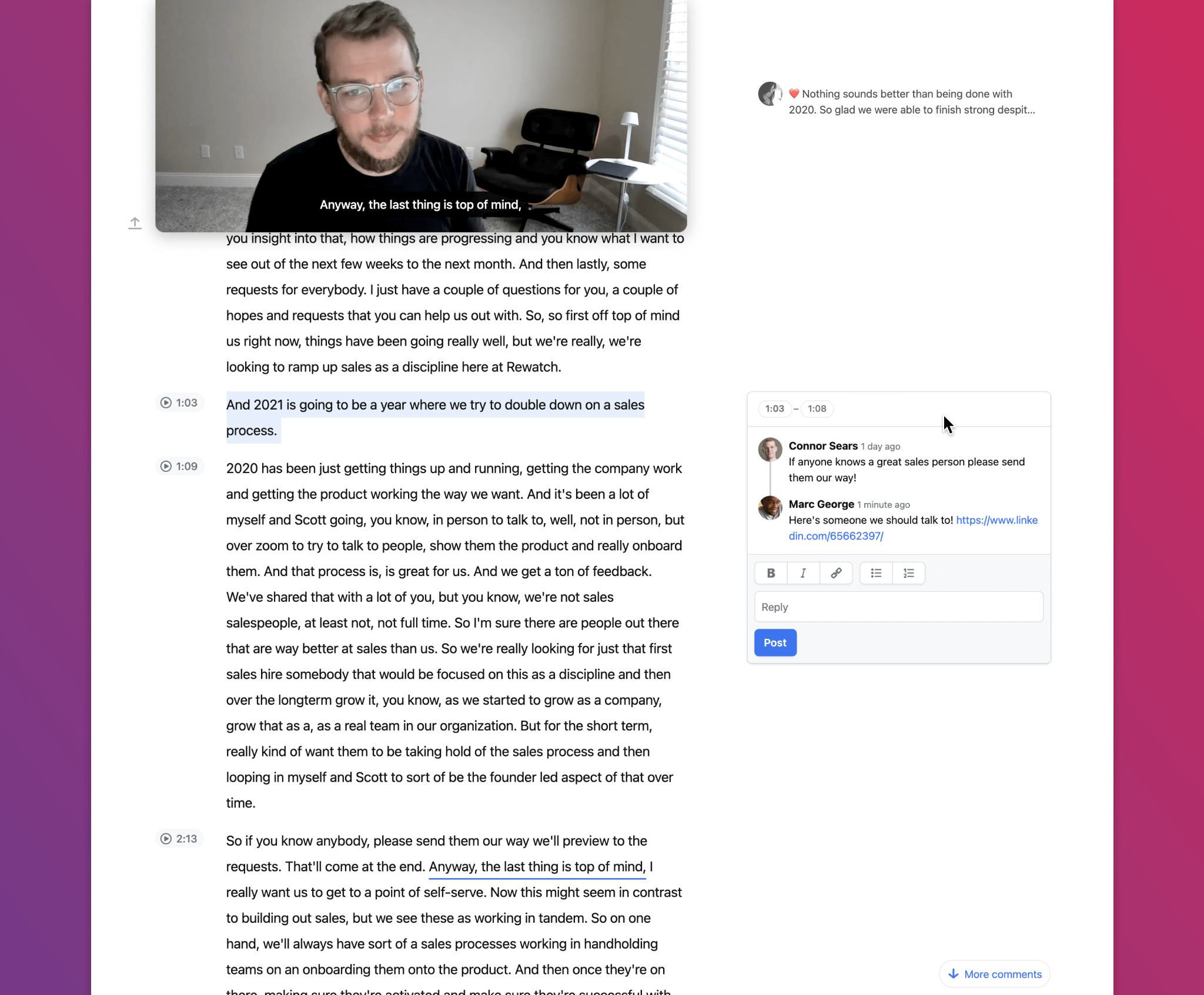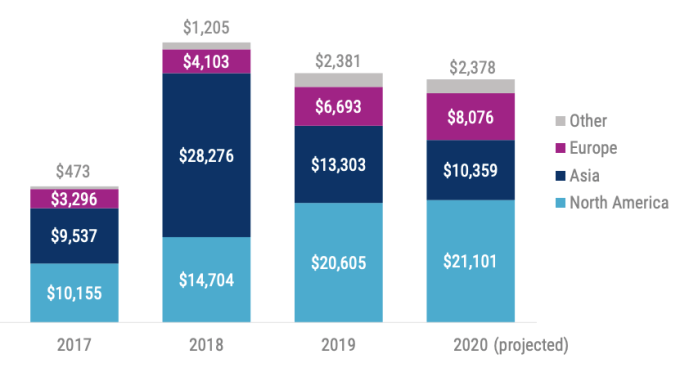News: Indian electronics and lifestyle brand Boat raises $100 million from Warburg Pincus
Boat, an electronics and lifestyle startup in India, has raised $100 million in a new financing round that many independent investors termed as the most successful hardware startup story in the world’s second largest internet market. An affiliate of Warburg Pincus, a New York-headquartered private equity firm, financed the entire Series B round for the
Boat, an electronics and lifestyle startup in India, has raised $100 million in a new financing round that many independent investors termed as the most successful hardware startup story in the world’s second largest internet market.
An affiliate of Warburg Pincus, a New York-headquartered private equity firm, financed the entire Series B round for the four-year-old Indian startup, which sells low-cost, durable headphones, earphones and other mobile accessories.
The round gives Boat, which had raised about $3 million in equity and debt financing prior to the new round, a post-money valuation of about $300 million, a person familiar with the matter told TechCrunch. Executives of Boat declined to comment on the valuation, other than saying that Warburg Pincus had bought a “significant minority stake” in the startup.
An investor who did not want to be named said Boat has grown to be an anomaly case among hardware startups in India. There aren’t many hardware startups in India. Among those that do exist, very few have been able to raise much money. And on top of that, Boat is also profitable — and it has been for several years, said Sameer Mehta, co-founder of the startup, in an interview with TechCrunch.
The secret sauce of Boat, at least in part, is that it has managed to keep the price points of its accessories low while also making them aesthetically appealing. The startup counts the young generation as its target audience, who want good-looking accessories at low prices but also tend to upgrade every few months.
Boat has expanded into several categories in recent years, following the same strategy all along. Its fitness wearable starts at Indian rupees 1,799 ($24.5), smartwatches at $34, charging cables at $3.4, home theatre soundbars at $54, wireless speakers at $13.5, headphones at $5.5, and AirPod-like earbuds at $27.
According to marketing research firm IDC, Boat commands over 30% of the wearable market in India and is the fifth largest brand globally in the category.
The startup sells through both online and offline retail channels. Its devices are available through Flipkart, Amazon India, Reliance Retail, as well as Tata Stores, Croma, and Vijay Sales. Analysts at HDFC bank estimated in a note last month that Boat Lifestyle’s products are available through over 5,000 retail stores across India and it plans to enter global markets.
“We see a compelling growth story in boAt and believe the company is well-poised to build upon the strong leadership position it has carved out within the industry and stands to benefit from the secular tailwinds of e-commerce growth in India. Warburg Pincus is excited to partner with the management team of boAt led by Aman [the other co-founder] & Sameer in this journey and we look forward to supporting them through the next phase of the company’s growth,” said Vishal Mahadevia, Managing Director and Head of Warburg Pincus India, in a statement.
Mehta said the startup will deploy the fresh capital to shift more of its manufacturing from China to India, and expand to more categories including gaming keyboards.
More to follow…








